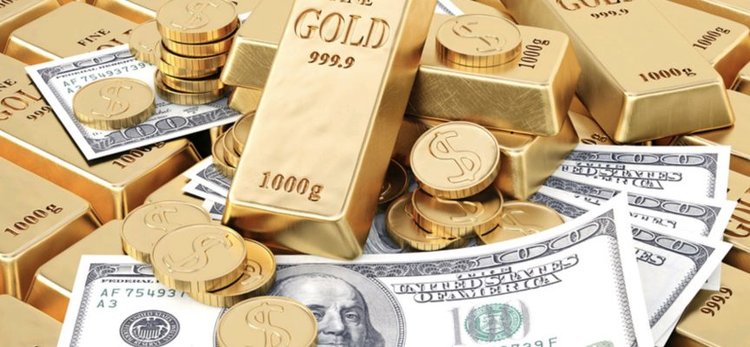By CultureBanx Team
- Global central banks have built up their gold reserves increasing them by a net 39 tons
- Ghana is the leading producer of gold in Africa and output jumped up 32% in 2022
Yes, central banks around the world are significantly increasing their gold reserves. This trend, which started gaining momentum over the past few years, continues robustly into 2024. Right now the U.S. dollar is the world’s de facto global currency, but global central banks have built up their gold reserves increasing them by a net 39 tons, with major buyers including Turkey, China, and India. This is great news for Africa which once led global gold production for a century and extracted about half the bullion mined to date.
Why This Matters: CultureBanx noted when the world doubts the dollar it goes for gold. Many central banks are seeking to diversify their reserves away from the U.S. dollar. This is partly due to concerns over large fiscal deficits in the U.S. and the potential for inflation, which could erode the value of dollar-denominated assets. Although the U.S. Federal Reserve is starting to tighten its grip on credit, other central banks continue their shift to gold, reflecting global concerns about the dollar-based monetary regime.
Ghana is the leading producer of gold on the continent and output jumped up 32% in 2022, according to Reuters. South Africa has the world’s second-largest reserves of the metal with 6,000 metric tons, according to estimates from the U.S. Geological Survey. Overall, Ghana and South Africa have lost their leading gold producers title to China, and now fall at number 8 and 10 on the list, meaning they’re not reaping the benefits of the world’s central banks return to gold like they should be.
Golden Era: Gold is seen as a stable and reliable store of value, especially during times of financial uncertainty. Central banks in countries like China, Turkey, and India have been leading this trend, with significant increases in their gold reserves reported in recent months. East and Central Asian central banks accounted for the majority of Q1 net gold purchases. Specifically, The People’s Bank of China carried its recent momentum into Q1, reporting an addition of 27 tons to its gold reserves during the quarter, according to the World Gold Council.
America got rid of the gold standard during the 1970s, leaving the world’s currency reserve backed not by gold, but by blind confidence in the U.S. Herein lies the problem with the world’s dependency on the U.S. dollar, it damages other currencies during domestic downturns, like the 2008 financial crisis. Currently the American Greenback makes up 58% of all central bank foreign exchange reserves, as reported by the Atlantic Council.
The central banks of Turkey, Kazakhstan, China and Russia were the four largest buyers of gold so far. A buying spree like this is a strong move to decouple themselves and the rest of the global financial system from dependence on the U.S. dollar.
Situational Awareness: This year central banks collectively added significant amounts of gold to their reserves. Business Insider has also reported on how the continued accumulation of gold highlights a strategic shift towards safeguarding national reserves against economic uncertainties and potential devaluation of fiat currencies. Overall, the trend of central banks returning to gold is likely to persist as they seek to protect their economies from various risks associated with the global financial system.
CBx Vibe: “All Gold Everything” Trinidad James









